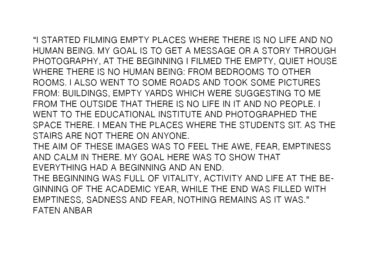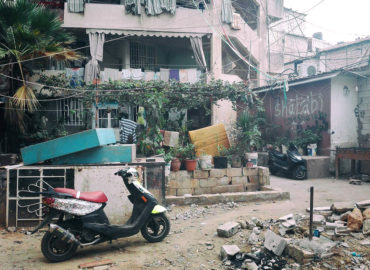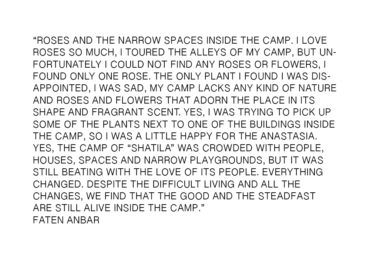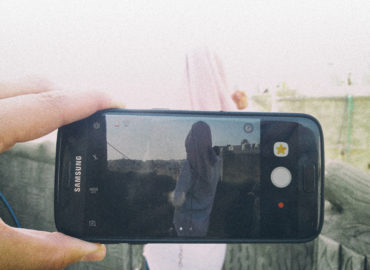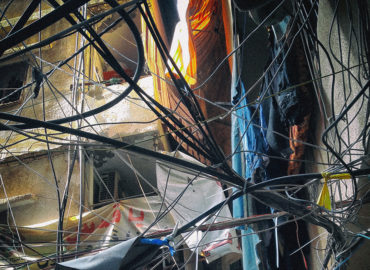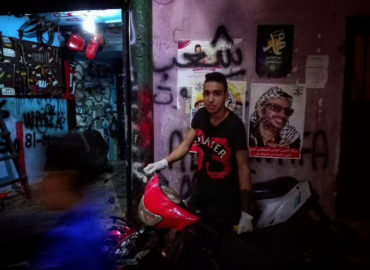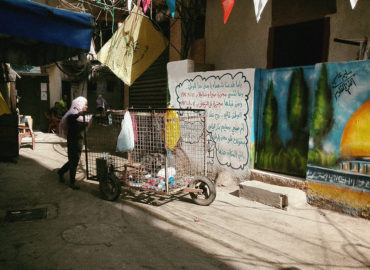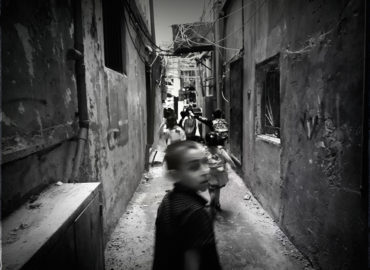In October 2017 femLENS organised a series of workshops in Shatila camp, that is located in southern Beirut and was established in 1949 by the International Committee of the Red Cross (ICRC) to accommodate hundreds of refugees who fled from northern Palestine after 1948.
Covering an area of 0.4 km², the camp has grown to host about 18,000 persons, of which the majority, over 11,600, are Palestine refugees registered with the United Nations Relief and Works Agency for Palestine Refugees in the Near East (UNRWA), including some 1,600 Palestine refugees from Syria.
UNHCR (February 2016) reports that “One of the perils of the camp environment is an extensive network of criss-crossing electricity wires, which hang low between the narrow alleys of the camp and intertwine with water pipes. A number of deaths in the camp are reported every year from electrocution.”
This and other scenarios are what Faten and Halima from Shatila camp see daily. These are the scenarios depicted in their photos and that you will “see” through their eyes.
Faten Anbar is a thirty year old Palestinian-Lebanese woman, who has lived in Shatila for over 20 years.
Halima al-Haj Ali is a thirty year old woman, who has been in the camp for five years having fled Syria as a refugee. She first became interested in photography by taking photos of her family.
Halima and Faten were two of the femLENS documentary photography workshop participants, in October 2017.
The femLENS workshops in Shatila camp were organised in partnership with Reuters Pictures, Thomson Reuters Poland and Basmeh & Zeitooneh.
(From WE SEE Magazine, March 20018)



